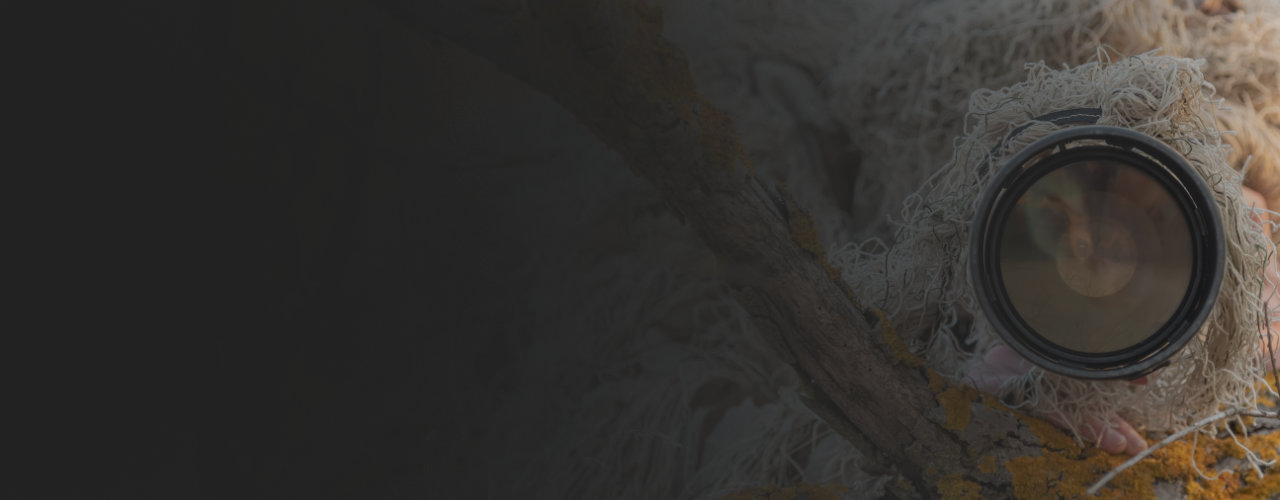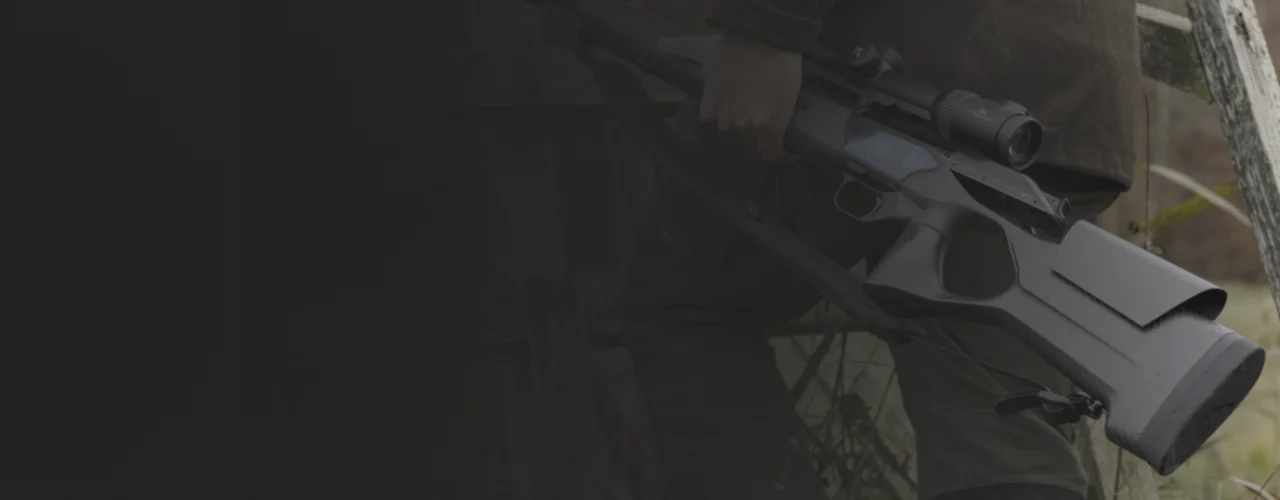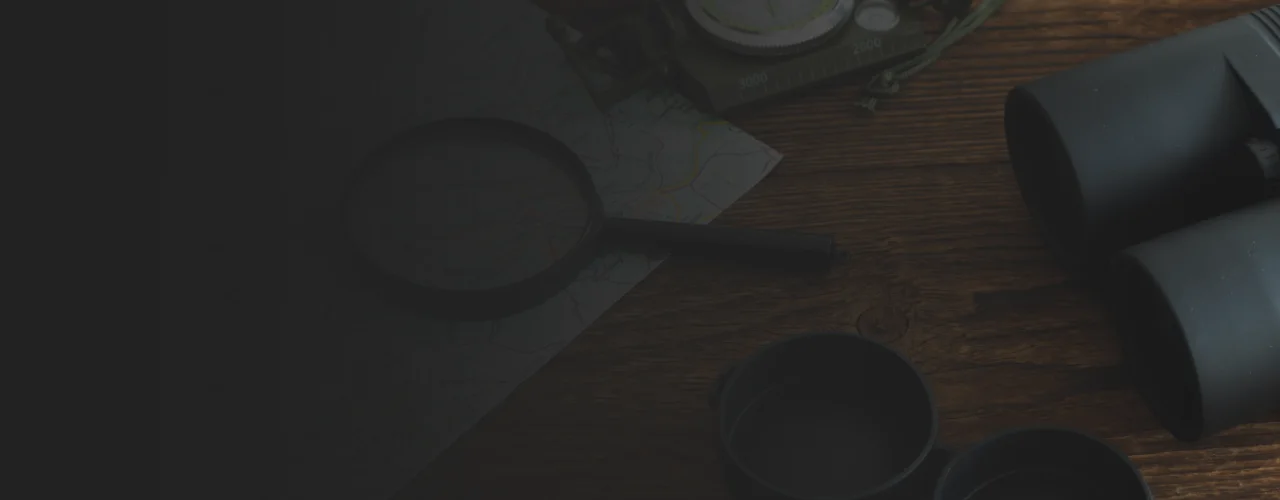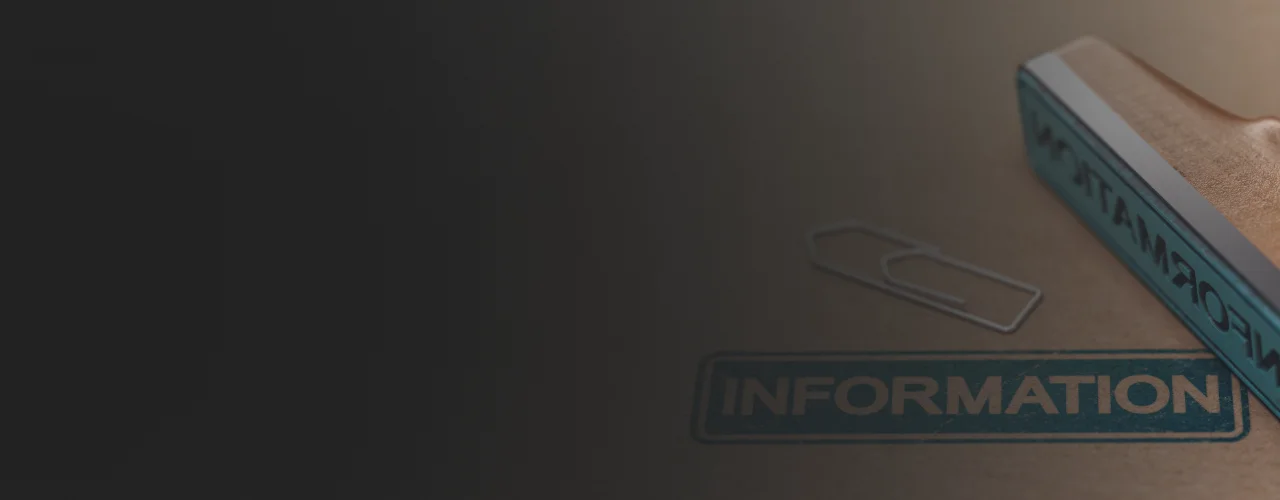[vc_row][vc_column][vc_column_text] Was kommt mit der neuen DDoptics IFiberA state-of-the-art position and movement sensor registers every movement and the position of the optics. A controller interprets this data so that the illuminated dot is there when you need it. " More info Control Technology? After the Light pointThe choice of reticle and the associated mode of operation of the illuminated dot is of decisive importance when purchasing. " More info IIUnfortunately, fine details such as the light unit are often skimped on. And this has far-reaching consequences! Not so with DDoptics. " More information follows on the latest technology from DDoptics - Made in Germany. An illuminated dotThe choice of reticle and the associated mode of operation of the illuminated dot is [...]
Category Archives: Wiki
[vc_row][vc_column][vc_column_text] Erklärungen zur Auswahl der passenden Fernglas EnlargementThe magnification of a binocular model is perhaps the most misunderstood feature. High magnification can be useful! " More info The magnification of a binocular model is perhaps the most misunderstood feature. High magnification can be useful! However, the magnification itself is by no means a criterion for the quality, image quality or detail recognition capability of binoculars! The magnification is the "first" number (e.g. 10x..) of an optical system. With a [...]
[vc_row][vc_column][vc_column_text] Einfluss Lens diameterThe larger the lens diameter, the more light can be absorbed by the lens of the optical system. Glass purity plays a major role. " More info on the light intensity of the binoculars or on the LensWhen we talk about the objective lens of binoculars, we mean the front lens. The front lens is the foremost lens of the objective. " More info Luminous intensity The "second" figure (e.g. ..x50) indicates the diameter of the front lens of the objective (usually the larger diameter) in mm. The larger this is, the more light can be transmitted from the objective lensWhen talking about the objective lens of binoculars, the front lens is meant. The front lens is the foremost [...]
[vc_row][vc_column][vc_column_text] Berechnung Dämmerungszahl und Aussage zu Twilight performanceIn order to be able to recognise details over long distances even in twilight, binoculars with high magnification and corresponding twilight performance (e.g. 10x56 or 8x56) are recommended. " More info for binoculars The visual acuity of the human eye decreases at duskFor night binoculars, which are ideal for sitting game and as sow binoculars, the light intensity is a decisive feature. " More information to around a third of daytime visual acuity. The sensitivity of the eye only increases for the blue spectral range. [...]
[vc_row][vc_column][vc_column_text] Exit pupilIn addition to the twilight number, the binocular exit pupil at the eyepiece of the binoculars is also very important for seeing in twilight (twilight vision). " More info Binoculars - importance and calculation For seeing at duskWhen it comes to night binoculars, which are ideal for sitting game and for sowing, the light intensity is the most important feature. " More info (twilight vision) is of great importance, in addition to the Twilight numberIn order to be able to recognise details over long distances even in twilight, binoculars with high magnification and corresponding twilight performance (e.g. 10x56 or 8x56) are recommended. " More infoalso the binocular exit pupil on the eyepieceThe EyepieceThe eyepiece is the lens group of an optical system that faces the eye. The eyepieces consist of several separate lenses - achromats (3-6 individual lenses). " More info is the lens group of an optic that corresponds to the EyeThe retina of our eyes has two different types of sensory cells or receptors, the cones (for day vision) and the rods (for night vision). " More info is facing. The eyepieces consist of several separate [...]
[vc_row][vc_column][vc_column_text] Fernglas und Zielfernrohr Sehfeld und Point of viewThe size of the field of view indicates the width of the terrain that can be observed through the binoculars at a distance of 1000 metres. " More info The field of view of binoculars or riflescopes is specified either in degrees (angle of viewThe size of the field of view indicates the width of the terrain that can be observed through the binoculars at a distance of 1000 metres. " More info) or in metres. The size of the field of view indicates the width of terrain that can be observed at a distance of 1000 metres through [...]
[vc_row][vc_column][vc_column_text] Edge sharpnessFor technical reasons, image sharpness decreases from the centre of the image to the edge with every lens (due to the shape of the lens). " More info at the Field of visionThe size of the field of view indicates the width of the terrain that can be observed through the binoculars at a distance of 1000 metres. " More info for binoculars For technical reasons, the image sharpness decreases from the centre of the image to the edge (due to the shape of the lens). As a rule, it can be assumed that the higher the quality standard of the binoculars, the better the edge sharpnessFrom the centre of the image to the edge, the image sharpness decreases with every optic (due to the lens shape) [...].
[vc_row][vc_column][vc_column_text] Optischen Höchstleistung durch optische RemunerationIf light hits a glass-air surface (e.g. with a roof prism), the reflection causes a loss of light. " More info from LensesThe use of aspherical lenses leads to a reduction in the overall length of the binoculars and in some cases to a significant reduction in weight. " More info and PrismsLenses have the property of imaging objects upside down and laterally inverted - therefore the image must be rotated again. " More info When light hits a glass-air surface, e.g. with a roof prismThe essential DifferenceDifference and comparison between Porro prisms and roof prisms The design of binoculars is always determined by the type of prism used. Porro prism in binoculars Binoculars with a porro prism design can be recognised by their relatively low height and wide design. Advantage: The greater distance between the two lenses promotes spatial vision. A graphic illustration and further details on the design of porro prisms can be found here! Roof prism with " More info from the Roof edgeThe main difference between the roof edge and the Porro system is the roof edge, where one of the reflective surfaces resembles a house roof (see picture below). " More info The roof edge, where one of the reflective surfaces resembles the roof of a house (see picture below), is a special feature of the Porro system. " More info), the reflection causes a loss of light. This results in a loss of image brightness, contrast and colour brilliance. [...]
[vc_row][vc_column][vc_column_text] Fernglas Rubber armouringAdditional protection of the binoculars in harsh conditions is achieved by applying a hard-wearing rubber armouring to the binoculars housing. " More info for better grip and additional protection Additional protection of the binoculars in harsh conditions is achieved by applying a resistant rubber armouringAdditional protection of the binoculars in harsh conditions is achieved by applying a resistant rubber armouring to the binocular housing. " More information on the binocular housing. In addition to better protection against impact and shock, [...]
[vc_row][vc_column][vc_column_text] Stickstoffüllung zur Abdichtung optischer Geräte wie Ferngläser und Zieloptiken Durch Temperaturschwankungen kann Feuchtigkeit in das Gehäuse eines Fernglases gelangen und zum Beschlagen der inneren Glasflächen führen. Durch eine Füllung mit trockenem Stickstoff (Nitrogen fillingFilling with dry nitrogen (nitrogen filling) reduces the moisture content during assembly and thus prevents the inside of the lens from fogging up later. " More info) is used for mountingZF mounts - the most important connection between weapon and optics. Today, the gun buyer has a wide range of scope mounts [...]
[vc_row][vc_column][vc_column_text] DifferenceDifference and comparison between Porro prisms and roof prisms The design of binoculars is always determined by the type of prism used. Porro prism in binoculars Binoculars with a porro prism design can be recognised by their relatively low height and wide design. Advantage: The greater distance between the two lenses promotes spatial vision. A graphic illustration and further details on the design of porro prisms can be found here! Roof prism with " More info and comparison of porroprisms to Roof prismsThe main difference between the roof edge and the Porro system is the roof edge, where one of the reflective surfaces resembles a house roof (see picture below). " More info The design of the binoculars is always determined by the type of prism used. Porro PrismBinoculars with porro prisms are the real universal binoculars, are inexpensive and offer brighter images with higher contrast. " More info Binoculars with the Porro prism design can be recognised by their relatively low height and wide design. Advantage: The greater distance between the two lenses promotes spatial vision. A graphic illustration and further details on the design of porro prisms can be found [...]
[vc_row][vc_column][vc_column_text] Steigerung der optischen Leistung durch aspherical lensesThe use of aspherical lenses leads to a reduction in the overall length of the binoculars and in some cases to a significant reduction in weight. " More info The use of aspherical (non-spherical) lensesThe use of aspherical lenses leads to a reduction in the overall length of the binoculars and in some cases to a significant reduction in weight. " More information leads to an increase in optical performance, especially at the edges. By changing the curvature towards the edge of the lens, the optical [...]


















